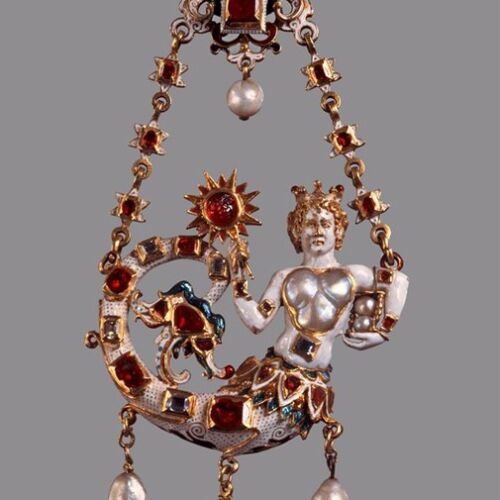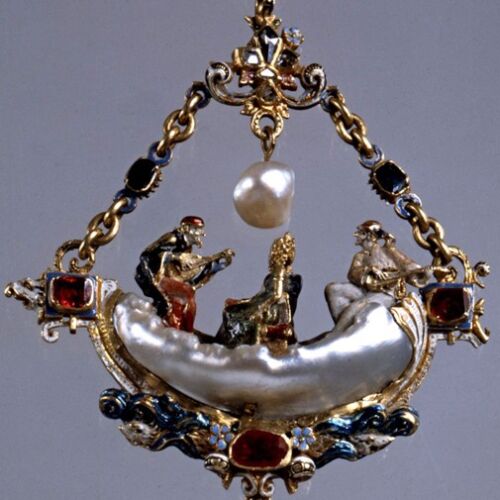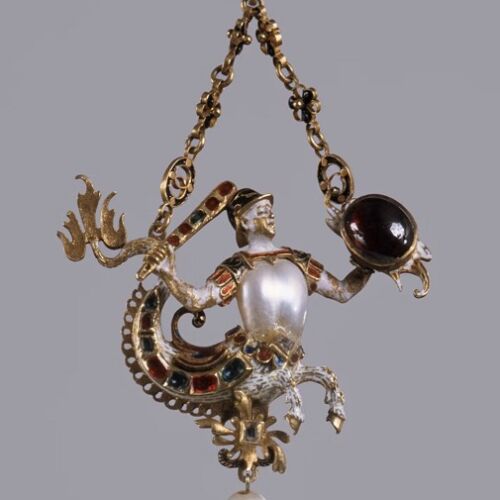Baroque Era Jewelry: a Sumptuous Triumph of Pearls, Precious Stones and Decorations
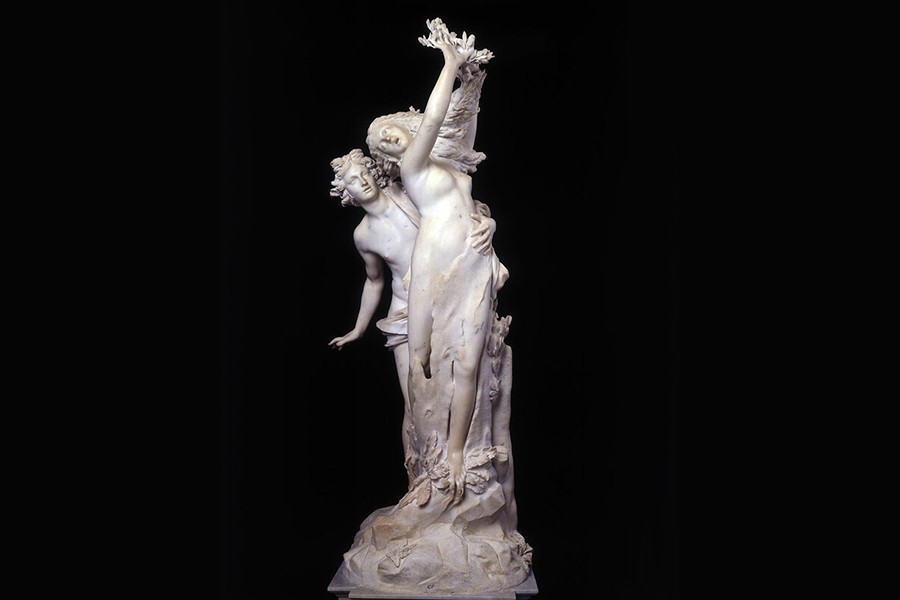
In the 1600s, baroque era jewelry marked an important turning point in goldsmith art, both in technique and style. This evolution was linked to the spread of an artistic and cultural movement, called precisely Baroque, which revolutionized the traditional conception of art. The new vision challenged classical aesthetics, based on proportions, and invited the artist to express themselves outside the rules. Thus was born, in all the arts (painting, sculpture, architecture, literature), a style centered on excess and fantasy, even bizarre, which privileged showy exteriority, rich in elements and decorations.
The term “baroque,” translated from French baroque, derives from Portuguese barroco, which means “irregular,” and was therefore referred to this new artistic conception. Since then, “baroque” became synonymous with “extravagant,” “bizarre” and “excessive.”
A curiosity: the Portuguese term refers to the baroque pearl, of irregular shape, indeed also called baroque pearl. Precisely pearls were the absolute protagonists of baroque era jewelry.
The Dominion of Pearls
Always a symbol of wealth and elegance, pearls were among the favorite ornaments of the 17th century, also for decorating the garments of noblewomen and sovereigns.
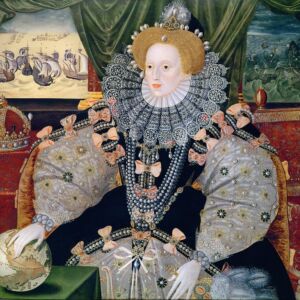
We see this in the famous portrait of Elizabeth I, attributed to George Gower. In the painting the English queen wears various jewelry composed of pearls: a 6-strand necklace, earrings and a decoration that crowns the hairstyle. Furthermore, many other pearls adorn the wide sleeves of the dress and outline the dress itself and the cloak, enriched with bows with precious stones set in gold.
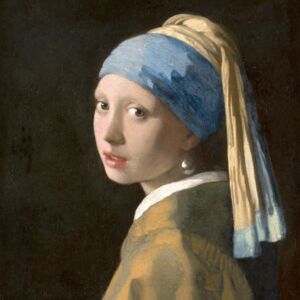
An exception is instead the pearl earring worn by the “Girl with a Turban,” in the famous painting by Flemish painter Vermeer. In this work the true protagonist is precisely the jewel, despite being worn by a young woman of modest social condition, so much so that the painting became famous precisely with the name “Girl with a Pearl Earring.”
The Opulence of Baroque Era Jewelry, between Precious Stones and Elaborate Decorations
In this period new goldsmith techniques and a new fashion for floral decorations on jewelry spread.
The “Rose” Cut and Enamel on Gold
Until 1600 master goldsmiths cut gems with a flat cut. When they were set on jewelry, therefore, only the upper side was visible: light could not penetrate inside the stone and its reflections were not enhanced. In the 17th century the diamond cutters of Amsterdam invented the “rose” cut, which created a series of facets on the upper surface of the stone and highlighted its brilliance.
In baroque era jewelry the use of enamel on gold also spread, thanks to a new technique invented by French artist Jean Toutin. Enamel decorations became frequent also on watch cases and on the back of the jewelry itself.
The Passion for Ornamental Flowers and Bows
In line with the taste for excess, also in jewelry the fashion for rich and sumptuous decorations spread more and more. With exploration voyages, plants and flowers had also arrived from the New World that became one of the recurring motifs in art, but also on jewelry: tulips, lilies, leaves of exotic plants were engraved or painted in enamel with the new techniques.
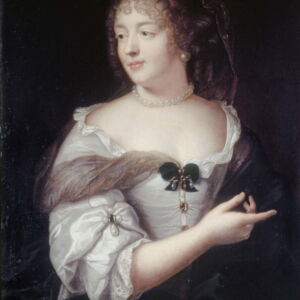
Another recurring element in baroque era jewelry were bows. Initially they were decorations for earrings, necklaces and bracelets, but then they also became an ornament in their own right. A bow brooch model was very successful, with pointed ends turned downward, which was called “Sévigné brooch” because it was often worn by the Marchioness de Sévigné, famous French writer of the era, as seen in her portrait painted by Claude Lefèbvre.
The Corsage Ornament, the most Spectacular among Baroque Era Jewelry
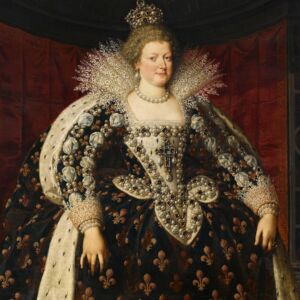
An evolution of the brooch was the new jewel that was born in Spain in this period: the corsage ornament. It was a large decoration made of gold threads, pearls and precious stones, which covered the entire bodice of women’s dresses, from the neckline to the waist; it was sewn onto a rigid fabric that was then attached to the dress.
An example of this jewel appears in the portrait of Maria de’ Medici, Queen of France at the beginning of the 1600s, painted by Frans Pourbus the Younger. On the richly decorated dress, the sovereign wears a corsage ornament adorned with pearls and large gems set in gold.
